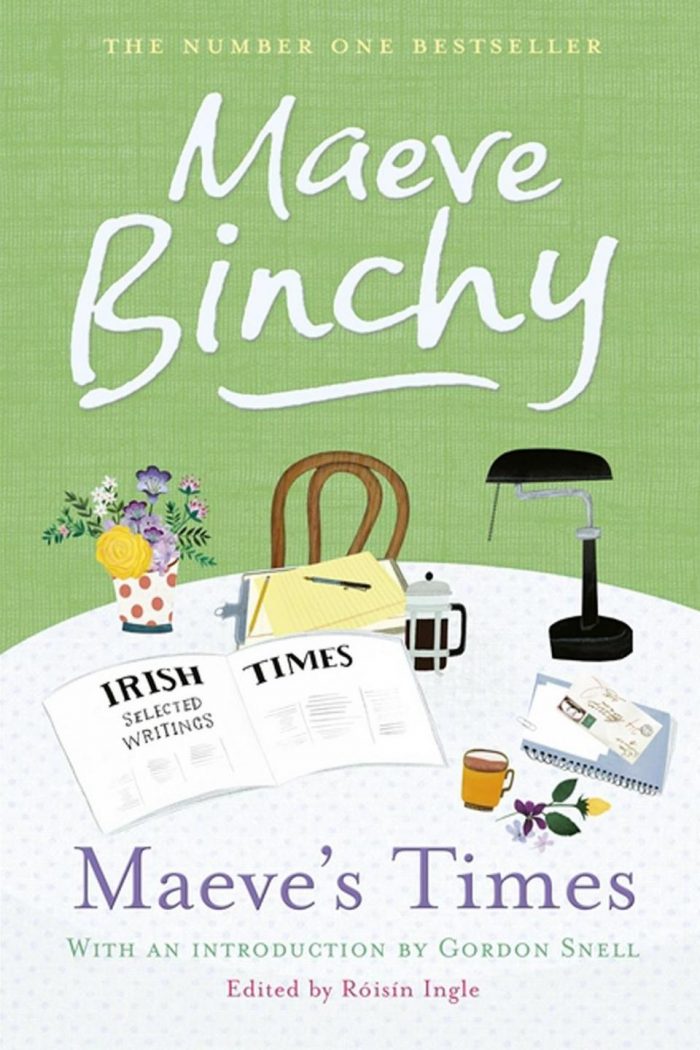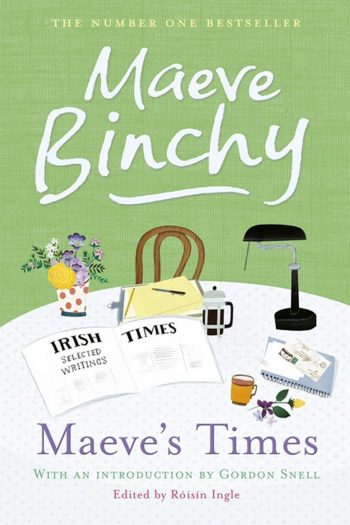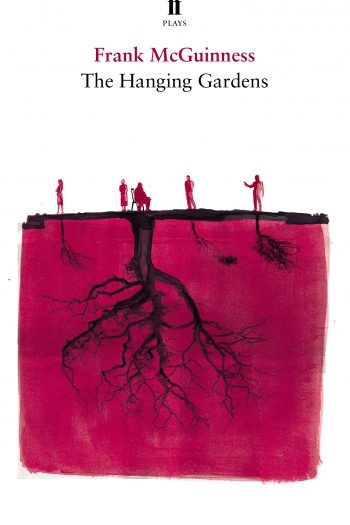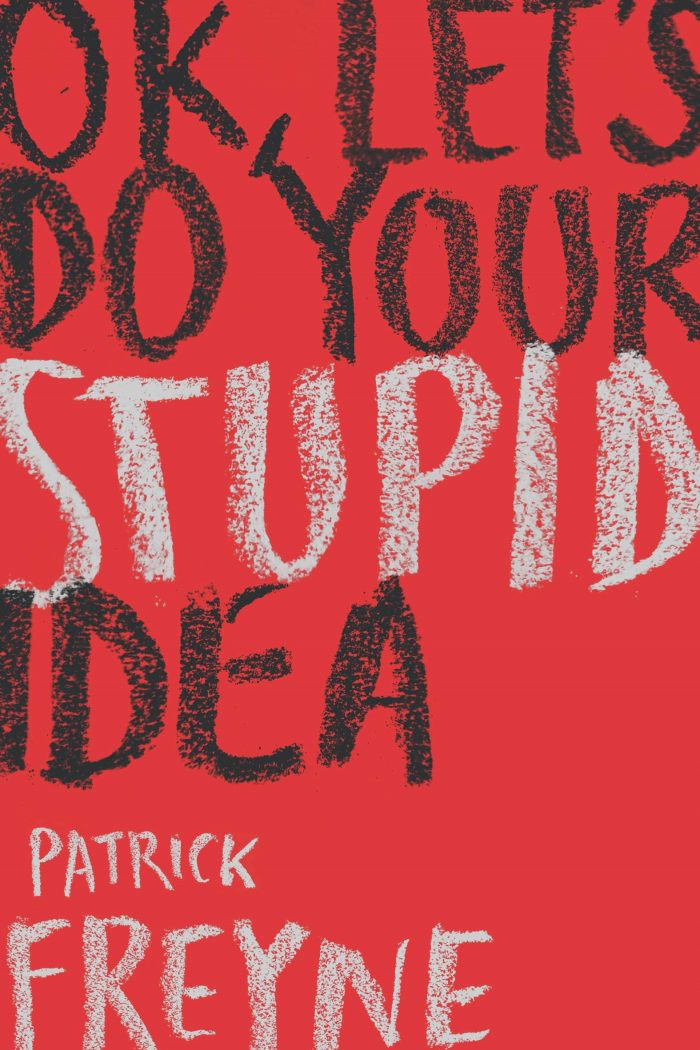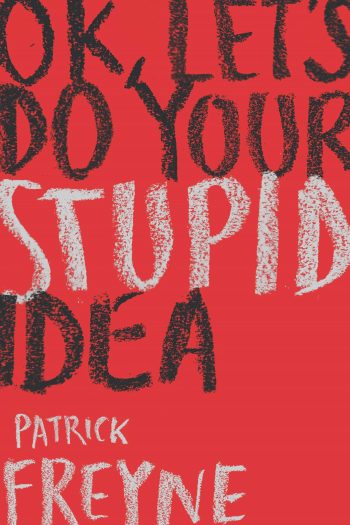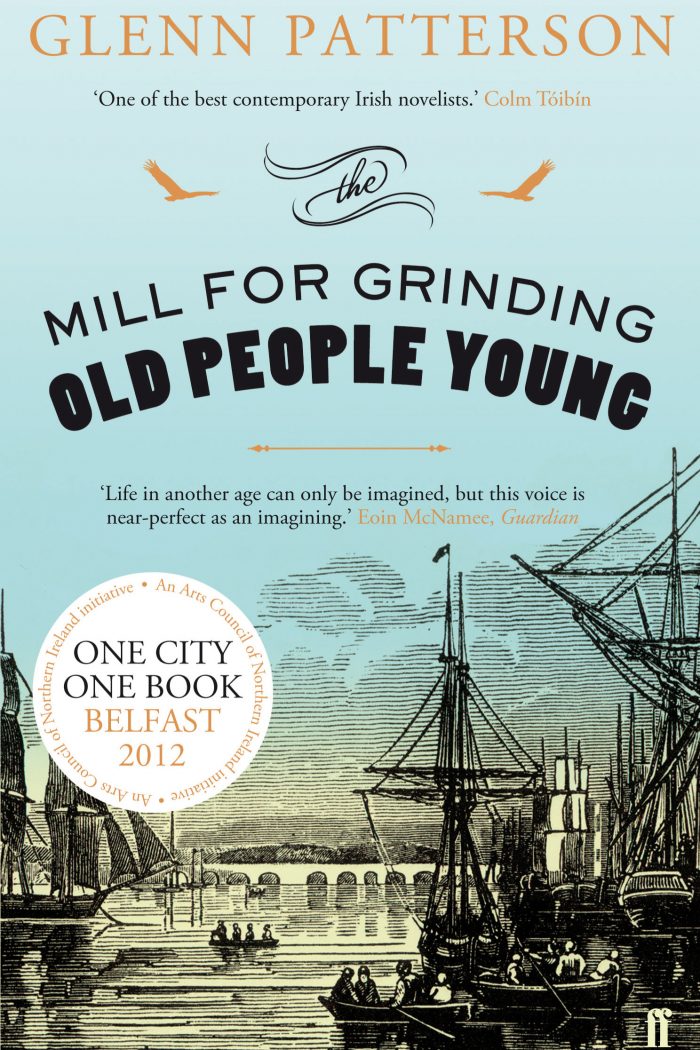
The Mill for Grinding Old People Young
Glenn Patterson
2012 • Faber & Faber
I stumbled into writing The Mill for Grinding Old People Young. I came across an inn of that name in a history of Belfast and realised the woman who ran it in the early 1830s, Peggy Barclay, had been prominent in the life of the town (as it was then) thirty years earlier at the time of what was known as the United Irishmen’s Rebellion. I did the thing that all of us–writers and non-writers– naturally do: I tried to imagine her journey from one stage of her life to the other, and before I knew it I was finding other fragments of story that seemed to fit with it. The only thing that made me hesitate before saying, even to myself, that this was a novel I was beginning to write was the voice. I couldn’t work out how to ‘do’ the 1830s, or rather work out how not to overdo them. In the end I adopted the model of the text where I had first read the inn’s name, which was the recollections of an elderly man looking back from the end of the century to his childhood and youth.
— Glenn Patterson

The Mill for Grinding Old People Young
Glenn Patterson
2012 • Faber & Faber
I stumbled into writing The Mill for Grinding Old People Young. I came across an inn of that name in a history of Belfast and realised the woman who ran it in the early 1830s, Peggy Barclay, had been prominent in the life of the town (as it was then) thirty years earlier at the time of what was known as the United Irishmen’s Rebellion. I did the thing that all of us–writers and non-writers– naturally do: I tried to imagine her journey from one stage of her life to the other, and before I knew it I was finding other fragments of story that seemed to fit with it. The only thing that made me hesitate before saying, even to myself, that this was a novel I was beginning to write was the voice. I couldn’t work out how to ‘do’ the 1830s, or rather work out how not to overdo them. In the end I adopted the model of the text where I had first read the inn’s name, which was the recollections of an elderly man looking back from the end of the century to his childhood and youth.
— Glenn Patterson
Description
The Mill for Grinding Old People Young is a historical novel, set in 1830s Belfast. It is Glenn Patterson’s eighth novel; he has also published a memoir and a volume of journalistic writings.
Excerpts
Interviews
- Nashville Review: An Interview with Glenn Patterson
- The Rusty Toque: Glenn Patterson - Novelist
- Writing.ie: 'On Baftas & Books - Glenn Patterson Talks to Paul Fitzsimon's'
- Culture Northern Ireland: My Cultural Life - Glenn Patterson
- Belfast Telegraph: 'Our Big Night at the BAFTAs - Good Vibrations Writer Glenn Patterson'
- Five Points: Interview with Glenn Patterson
- The Independent: 'Glenn Patterson - Alternative Ulster'
- Financial Times: 'Small Talk - Glenn Patterson'
Prizes & Awards
Reviews
- Emer O'Kelly, Irish Independent
- Eoin McNamee, The Guardian
- David Robson, The Telegraph
- Tom Adair, The Scotsman
- Patricia Craig, The Independent
- Teddy Jamieson, Herald Scotland
- Mary Morrissy, The Irish Times
- Bianca Leggett, Fiction Uncovered
- Sue Leonard, The Irish Examiner
- James Doyle, Bookmunch
Audio
- BBC: Front Row - Glenn Patterson on Ulster's Punk Pioneer and John Yorke on the Secrets of Story
- BBC: Literary Landscapes - Belfast with Glenn Patterson
Video
- Culture NI: Blackbird Bookclub - Glenn Patterson
- Literary Belfast: Glenn Patterson on Donegall Square
- Culture NI: One City One Book - Belfast
- NoAlibisTv: Glenn Patterson in Conversation with Willy Vlautin
- Culture NI: Glenn Patterson Interview
- Culture NI: One City One Book - Belfast Walking Tour

